3D Scanners
THE NEXT MUST-HAVE 3D PRINTING ACCESSORY
3D scanners haven’t achieved the same publicity as 3D printers yet, but they probably won’t be too far behind. It’s a logical development. After all 2D scanners really started to take off when most people had a printer at home. They’re a natural combination, letting you reproduce or modify an image easily. Their 3D equivalents can work together in exactly the same way.
What’s made 3D scanners possible is a combination of technologies that used to be extremely expensive but are now found in everyday electronic devices. The first one is lasers. It’s possible to make a 3D scanner that works mechanically, using probes to measure dimensions, but that’s a slow and clunky way to do it. By running a laser over the object’s surface and measuring how long it takes the reflected light to come back you can scan much more quickly and accurately.
A perfect combination
Lasers make it possible to build a 3D version of a flatbed scanner; the device has a workspace, and any object that fits can be placed inside and scanned. That’s fine for small objects, but what about larger ones? Now there’s a solution for that too. Not long ago accurate accelerometers cost even more than lasers, and were usually only found in rockets and military aircraft. Now there’s one in your phone. By combining a laser to measure distance, and an accelerometer to track the position of the device, it’s possible to make a handheld 3D scanner that can create a digital model of a large object. And once you have the model you can scale it down, send it to your printer and create a small copy.
Once you have a 3D scanner all sorts of possibilities open up. You can scan an object, open it in a 3D design application then modify or resize it. You can replace broken parts by scanning them then printing out a replacement. You can even create what’s basically a 3D fax machine; instead of sending someone an object you can scan it and send them a digital copy, which they can then print out. As well as printing they’re great tools for graphic artists or games designers, too.
If you want to replicate or improve on something a 3D scanner is one of the most useful tools you can have. Instead of having to physically measure the object then recreate its shape in a design app – which is not an exact process – you can scan it and be confident that you have an accurate, high-resolution model. You’ll get better results in much less time. Obviously there are limitations; you can’t scan interior spaces, and some very complex shapes might also be difficult. The laser will only measure the first surface it hits, so if you’re scanning something with an intricate shape you need to think carefully about how you position it in the scanner. However they do make it very easy to work with simpler shapes.
How much are 3D scanners?
3D scanners are still a lot less common than printers, but prices are already coming down rapidly. There are some nice devices available for under £500, with hand-held models starting at a quarter of that. It won’t be long before they’re a realistic option for everyone who works with 3D designs.
We now have a very handy 3D scanner buying guide.

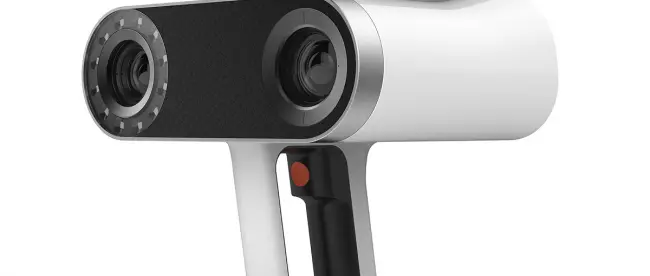
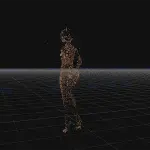
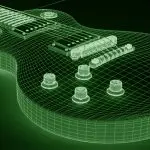

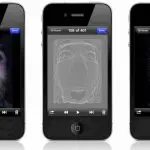
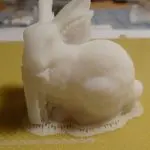
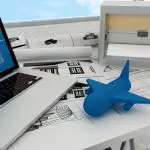
Leave a comment
You must be logged in to post a comment.